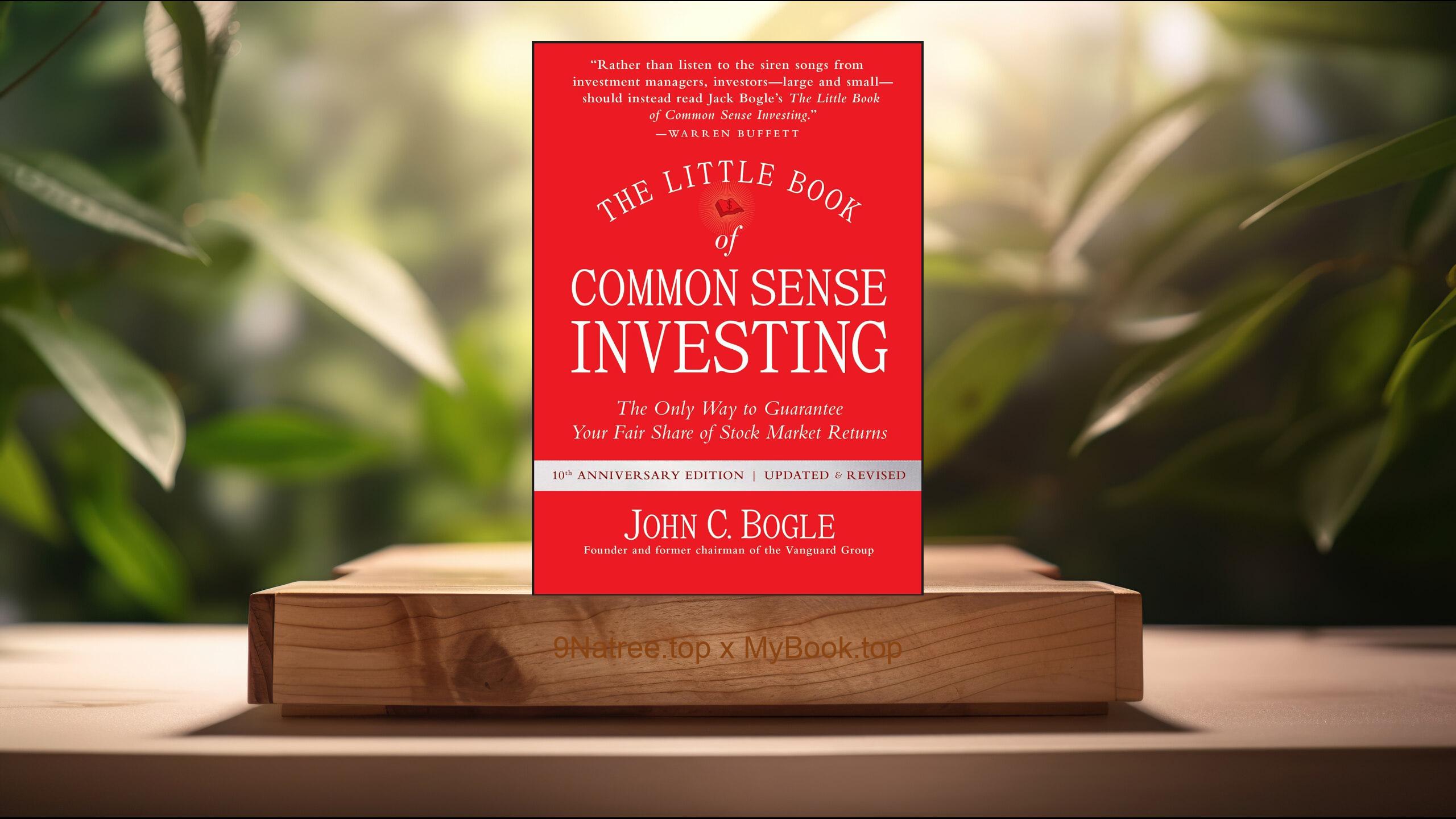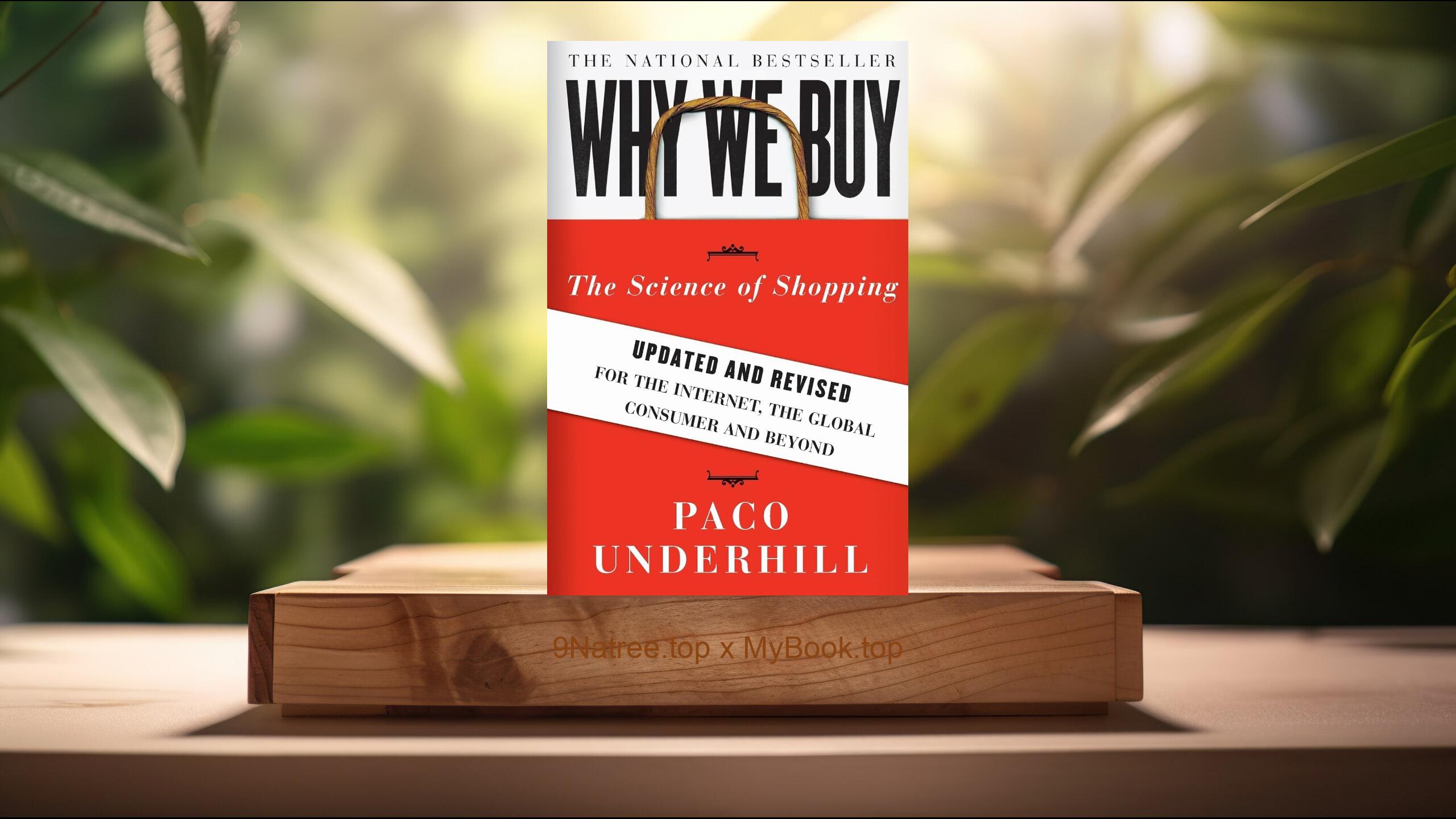Show Notes
Buy on Amazon: https://www.amazon.com/dp/B00005QTH9?tag=9natree-20
Read more: https://mybook.top/read/B00005QTH9/
#LongTermCapitalManagement #FinancialCrisis #HedgeFundCollapse #RiskManagement #EconomicModeling #ArbitrageStrategies #MarketVolatility
These are takeaways from this book.
Firstly, The Birth of Long-Term Capital Management, Long-Term Capital Management (LTCM) was founded in 1994 by John Meriwether, a former bond trader from Salomon Brothers, and boasted a team comprising some of the most brilliant minds in finance and economics, including two Nobel Prize winners. LTCM's strategy revolved around arbitrage opportunities in bond markets, leveraging unprecedented amounts with the belief that their sophisticated models would limit risk. This chapter reveals the early promise of LTCM, emphasizing its founders' ambition to create a hedge fund that would harness the power of mathematical models to achieve near-riskless profits. However, the narrative also hints at the overconfidence and lack of risk control that would eventually lead to the fund’s downfall.
Secondly, The Strategy and Success of LTCM, LTCM's trading strategy was based on fixed income arbitrage, exploiting pricing differences between various bonds. Initially, their approach yielded astronomical returns, in part due to the fund's high leverage. LTCM used complex mathematical models to predict small price discrepancies between securities, believing these predictions were virtually infallible. The early success of LTCM attracted more investors, swelling the fund’s capital and allowing for even greater leverage. This section examines the methodology behind LTCM's operations, shedding light on how these strategies, while innovative and initially successful, sowed the seeds of the fund's eventual vulnerability to market dynamics that were not accounted for in their mathematical models.
Thirdly, The Crisis and Collapse, The 1998 Russian financial crisis marked the beginning of LTCM's downfall. The fund's highly leveraged positions became untenable as market volatility increased beyond their model's expectations. LTCM's losses rapidly mounted, exacerbated by the fact that their strategies, once unique, had been widely adopted, reducing the opportunities for arbitrage. This chapter delves into the frantic months leading up to the fund's collapse, highlighting the unsuccessful attempts to stabilize the fund, the emergency bailout orchestrated by the Federal Reserve, and the broader implications for the global financial system. It underlines the catastrophic consequences of relying too heavily on leverage and the limitations of financial models in predicting complex market behaviors.
Fourthly, The Aftermath and Lessons Learned, In the wake of LTCM's collapse, the financial world was forced to reassess the role of hedge funds and the use of leverage in trading strategies. Regulatory bodies and financial institutions began to recognize the systemic risks posed by highly leveraged investments and the need for greater transparency and risk management practices. This section reflects on the regulatory changes prompted by the crisis and the shift in investor sentiment towards more cautious investment strategies. The legacy of LTCM serves as a cautionary tale about the dangers of hubris in financial markets, illustrating the need for balance between innovation and prudence in financial engineering.
Lastly, The Role of Human Psychology, One of the most critical oversights of LTCM was underestimating the role of human psychology in financial markets. The fund's reliance on quantitative models failed to account for investor panic, herd behavior, and other irrational actions that can exacerbate market volatility. This section explores how the LTCM case study illustrates the limitations of applying purely mathematical models to markets driven by human emotions and behaviors. It argues for a more holistic approach to financial decision-making that incorporates psychological insights into market dynamics, suggesting that understanding human behavior is as crucial as mathematical proficiency in managing financial risk.
In conclusion, ‘When Genius Failed: The Rise and Fall of Long-Term Capital Management’ is an essential read for finance professionals, students, and anyone interested in understanding the complexities and vulnerabilities of the global financial system. Roger Lowenstein masterfully narrates the story of LTCM to highlight the dangers of overconfidence in intellectual prowess and technological solutions in the world of finance. The book offers crucial lessons on the importance of risk management, the limitations of mathematical modeling, and the unpredictability of markets influenced by human behavior. It serves as a stark reminder that even the most sophisticated investors are not immune to failure, advocating for a more balanced and cautious approach to investment and financial engineering. Reading this book can provide valuable insights into the fragile nature of financial systems and the importance of humility, vigilance, and adaptability in navigating them.
![[Review] When Genius Failed: The Rise and Fall of Long-Term Capital Management (Roger Lowenstein) Summarized](https://episodes.castos.com/660078c6833215-59505987/images/1699848/c1a-085k3-gdqq21gptxn9-7qdi5l.jpg)




